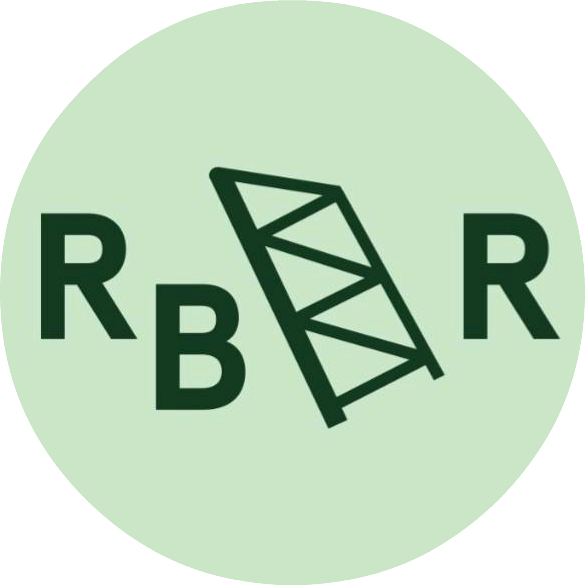LANDFILLS-
Scientific Definition
Landfill (n.) \ ˈlan(d)-ˌfil
A system of trash and garbage disposal in which waste is buried between layers of earth to build up low lying land
A.K.A.
A buried pile o’ trash
But what does this mean?!
When you take your trash to your curb each week a truck comes to pick it up then takes it to a “out of sight” location and dumps it in a huge pit to be buried with dirt. Modern landfills compose of clay bottoms and a liner, as well as leachate and gas collection systems.
And how does it affect you?
They are out of sight, out of mind but that is exactly why they are so sinister. Landfills are intentionally put in places away from main hubs of communities, making them easy to ignore. People who live near landfills are also often upset by the excessive amounts of noise pollution, truck traffic, odors, and pests caused by the landfills. When counties have one waste disposal site, they tend to attract more of these facilities while discouraging cleaner, more economically advantageous industries. In effect, landfills can decrease property values and restrict an area’s economic prospects without offering benefits that offset these problems.
Over 40% of all food in the United States ends up in landfills. This organic waste does not break down in landfills as it would in compost piles. Instead it purifies and creates large amounts of methane, a greenhouse gas that contributes to climate change. When you compost with Rust Belt Riders you are helping create a solution to climate change.
Source: “Municipal Solid Waste Landfills.” EPA, Environmental Protection Agency, 13 Sept. 2018, www.epa.gov/landfills/municipal-solid-waste-landfills.


